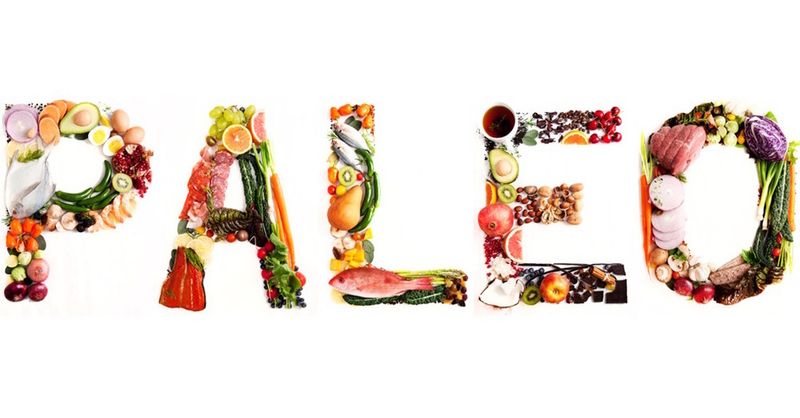11 things you should know about the Paleo “diet”
Update 2020: since this article many things have changed, first of which: in 2018 I embarked on the journey of sustainable living, which little by little brought me to stop eating meat for environmental reasons (if you are interested, below the comments you can find a post about it: eating responsibly is the diet of the future). This means we’re not paleo anymore.
Although Alex and I have followed the Paleo Diet for years and have been talking about it a lot with family and friends, we still hear things like, “Butter is bad for you,” or “Bacon raises cholesterol levels,” or “Pasta would be so much healthier than this plate of cold cuts I’m about to have.” (sigh)
So today I decided to give you a quick recap on why you should avoid as much as possible processed foods, and decide to buy (and eat) natural—which I call, out of convenience, paleo.
These are the 11 most important things you should know about Paleo (and a bonus :-)
- Paleo is just a commercial name. It defines an eating style: choosing foods that you can find in nature and eat raw—definitely not the processed foods you find in supermarkets, but not necessarily the organic ones either (which are not accessible to everyone).
- Why are processed foods bad for you? For many reason, but especially because they contain monosodic glutamate, which basically turns them into a drug. I explained it better here.
- Gluten is a top enemy. If you don’t want to give up your pasta, at least go gluten-free. Gluten is what causes bloating and chronic inflammation in your intestine (Update 2020: this is untrue, this theory was disproved a couple years later!)
- Paleo is not a diet (to lose weight). It’s a lifestyle—you do it to be healthier, to feel less bloated and better, to fight allergies and maybe to live longer. Losing weight will be a natural consequence. This is why I do it.
- No carbs, no energy? That’s somewhat true, but carbs are not only in pasta, bread and cookies. Fruit and vegetables are full of good carbs, the ones that should be at the base of the famous food pyramid.
- Brown is not paleo. No flour, white or brown, is paleo (and that’s true for amaranth, oat, spelt, wheat, buckwheat, corn, rice, millet, barley, rye…). Almond flour and chestnut flour are paleo because they're made out of natural ingredients.
- Butter is not bad. The same goes for bacon, olive oil, avocado, olives… it’s fat and fat is good for you. (It’s time to debunk the myth that fat causes cholesterol and heart attack. Soon on La Tela).
- You can eat a lot. If you eat the right foods, you can eat as much as you want (while maintaining your weight). For real!
- Fruit is paleo, but it’s full of sugar. If you want to lose weight, eat less of it.
- Dairy, yes or no? If humans are the only species that drinks milk after being weaned, there must be a reason. We didn’t get rid of dairy, but we consume it in moderation (a latte per day and cheese every now and then).
- Extremes are not for everybody. If this is your case, you can do like us: we don’t buy bad foods (so there’s no temptation at home), but we do allow ourselves to eat what we want when we go out with friends. So much easier and more practical!
BONUS: If you have a sweet tooth, dark chocolate is paleo and it’s become my favourite dessert after lunch. It’s just a matter of getting used to it.
Did you like it? Tell me in a comment :-)








